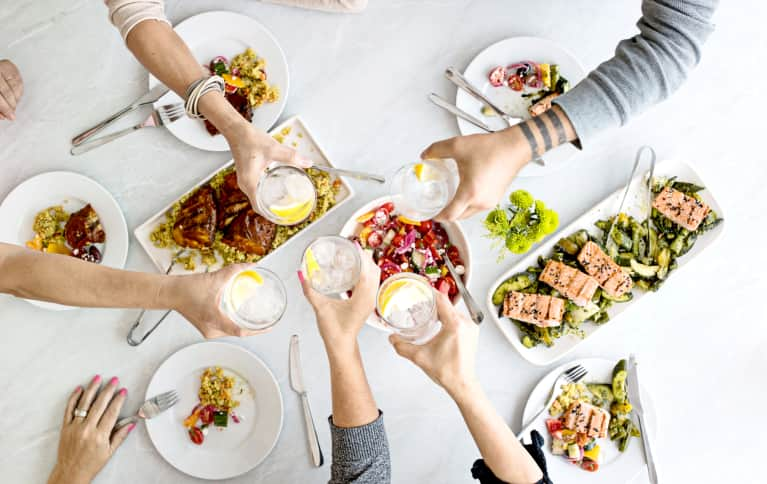Social media has opened the windows of tourism in almost all parts of the world. In a few clicks, people can effortlessly book accommodations and go to beautiful places. Aside from exploring different places, tourists are also up to tasting local cuisines. Some even spend thousands of money and travel to remote places just to taste exotic foods.

From where I live, we like to eat with our bare hands. We call it Kamayan. Kamayan restaurants and fast-food chains will not give eating utensils unless the guests request it. Here, guests are instructed to wash their hands and are given plastic hand gloves. As long as they can pay the bill, guests are free to eat using either hand. This dining experience may be pleasant for Filipinos, but this is objectionable in Arab countries
The article about 13 Examples of Good and Bad Manners Around the World wrote, “It is impolite to pass food or eat with the left hand. If you must know why, let's just say that, historically, people living in deserts didn't have access to toilet paper, so the left hand was used for "hygienic functions," then cleaned by rubbing it in the sand.” This is how these two cultures disagree. This may be appetizing for Filipinos or other Asian countries to eat with bare hands, but in Arab countries, it is a BIG NO to use the left hand.

Like Food, building healthy relationships with other cultures is essential to our survival. Food can bridge us in understanding the different table manners in the world. Always observe the ways of locals and the people around us. It sounds so basic but very crucial in settling differences. Our table manners can either make or break the relationship.
Similarly, understanding the differences in table manners can help ESL teachers adjust teaching methods, especially in how they should respond to students’ unique or weird behavior. It is important for teachers to truly observe and understand the culture of each student. Meeting them half-way could be a challenging task, but this will make students feel welcome and wanted in their class.
I had not heard the term Kamayan Restaurant before, I knew in some Indian restaurants you can eat with your hands, but had not heard the term before. In my Puerto Rican culture we tend to eat fried foods with our hands, but for the most part we use utensils especially for rice and beans.
ReplyDelete